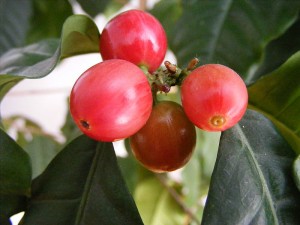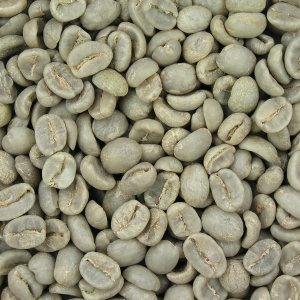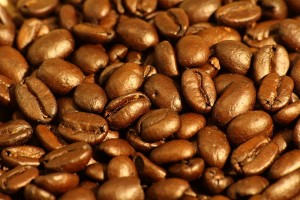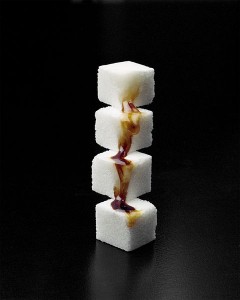By Sarah Marks
It’s the end of the semester, which means a slew of project deadlines and exams. To get through it all, many of us reach for one beverage, coffee.
Coffee is complex. Beyond the most well-known component, caffeine, which gets most of us through our early morning grogginess, coffee beans contain acids that contribute to flavor and over 800 compounds thought to contribute to the aroma. When coffee beans are roasted, many chemical reactions are occurring. The temperature, rate of temperature change, and duration of roasting all have effects on the reactions that occur, and the flavors found in the final cup of coffee.
One of the most identifiable (and delicious) reactions is the Maillard reaction. This reaction between amino acids and the sugars causes the browning that is seen when you cook bacon, or in this case, when coffee beans are roasted. Coffee beans are not naturally that rich brown color we have come to associate with our morning cup of joe. They actually start out as the green pit of a coffee berry. After harvesting, the coffee beans are dried and turn bluish-gray. Imagine drinking coffee that color in the morning!



During roasting, the coffee beans are heated to over 200C (392F). As the beans reach 150-200C, the Maillard reaction occurs, creating compounds that contribute the flavor and aroma of coffee, as well as the brown color we have come to recognize.
In addition to the Maillard reaction, the sugars in coffee beans can also caramelize. This process occurs at temperatures of about 170-200C. The more the sugars are allowed to caramelize, the less sweet the coffee will taste. However, the temperatures needed for caramelization are also required to break down some of the bitter tasting compounds. Therefore, roasting coffee beans is a balancing act of time and temperature to obtain the desired flavors. Differences in this process is why various brands of coffee have distinct tastes.
Scientists have spent years trying to make the best cup of coffee. Why don’t you give it a try?
Edited by Sam Stadmiller


